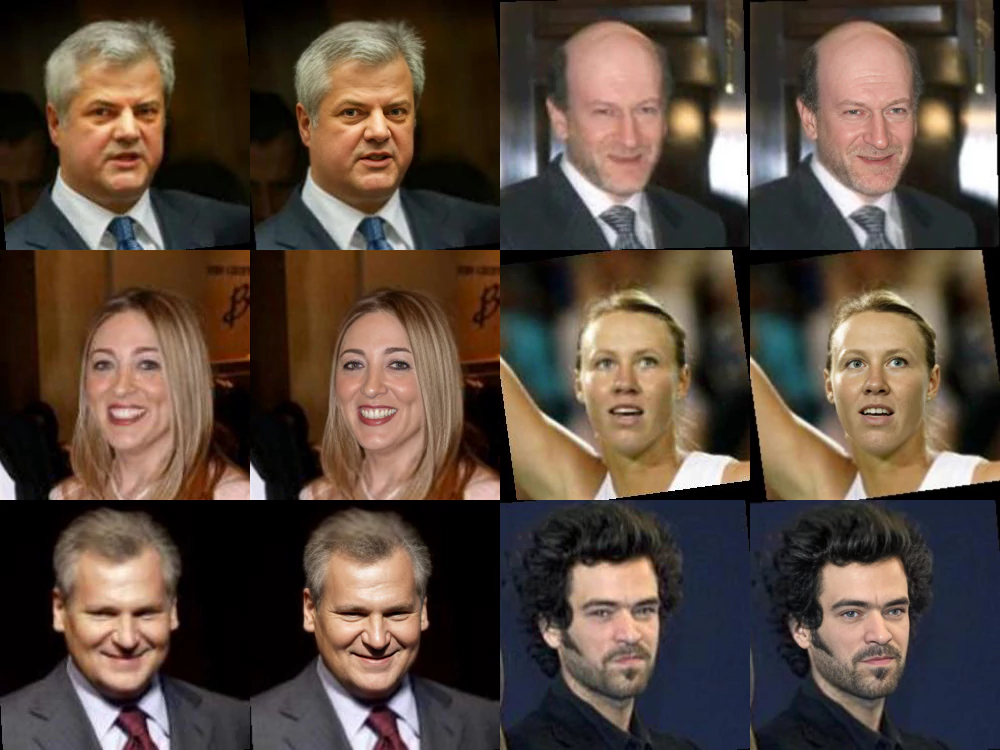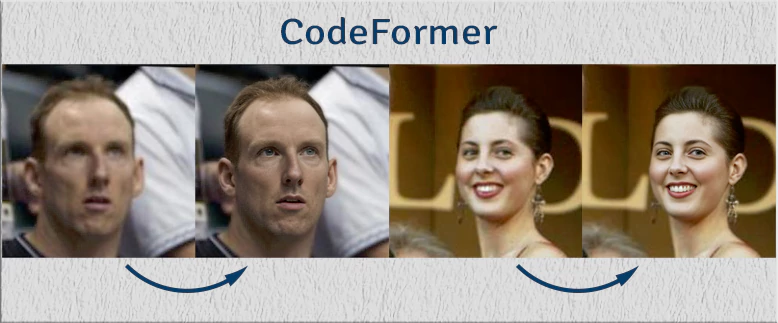Face images captured in low-quality conditions, usually suffers from various degradation, such as noise, blurring, etc. Restoring these images is a challenging task. CodeFormer (Codebook Lookup Transformer) is a face restoration model that takes a low-quality image of a face as input and predicts a high-quality image of a face.
This tutorial explains how to install CodeFormer inside a Docker container in the Linux. Commands have been tested on Ubuntu.
Prepare environment
Make sure you have installed Docker in your system. If you are using Ubuntu, installation instructions can be found in the post.
Create Docker image
Create Dockerfile and add the following content:
FROM nvidia/cuda:12.0.0-runtime-ubuntu22.04
WORKDIR /codeformer
RUN apt-get update \
&& apt-get install --no-install-recommends -y \
libgl1-mesa-glx libglib2.0-0 python3 python3-pip git \
&& git clone https://github.com/sczhou/CodeFormer.git /codeformer \
&& pip3 install -r requirements.txt \
&& python3 basicsr/setup.py develop \
&& python3 scripts/download_pretrained_models.py facelib \
&& python3 scripts/download_pretrained_models.py CodeFormer \
&& apt-get purge --autoremove -y git \
&& rm -rf /var/lib/apt/lists/*
ENTRYPOINT ["python3", "inference_codeformer.py"]The nvidia/cuda is used as a base image. So, make sure you have NVIDIA graphics card on the system.
Run command to create Docker image:
docker build -t codeformer .Testing CodeFormer
Create directory to store input images:
mkdir ~/inputsDownload sample image:
curl -o ~/inputs/test.jpg https://raw.githubusercontent.com/sczhou/CodeFormer/master/inputs/whole_imgs/03.jpgRun a command in CodeFormer container to perform face restoration:
docker run -it --rm \
-v ~/inputs:/codeformer/inputs \
-v ~/results:/codeformer/results \
codeformer -w 0.5 --input_path inputs/test.jpgOutput saved in ~/results directory.
Few face restoration results using images from LFW dataset:

Remove Docker image
To remove CodeFormer image, run the following command:
docker rmi codeformer



Leave a Comment
Cancel reply